





 |
 |
 |
 |
 |
 |
| Paul Higgins | profile | all galleries >> Galleries >> Swan's, Tundrampeter | tree view | thumbnails | slideshow |
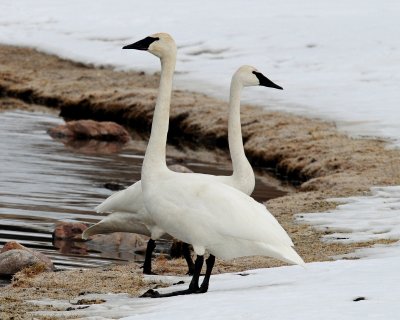 Swan's, Tundrampeter |
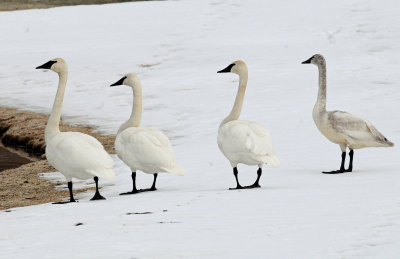 Swan's, Tundrampeter |
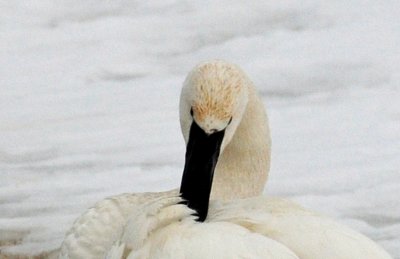 Swan's, Tundrampeter |
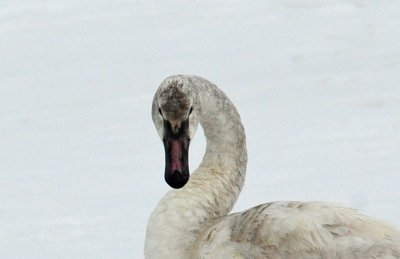 Swan's, Tundrampeter |
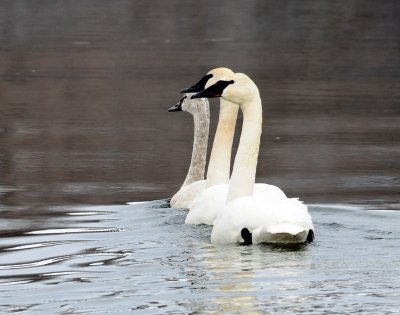 Swan's, Tundrampeter |
 Swan's, Tundrampeter |
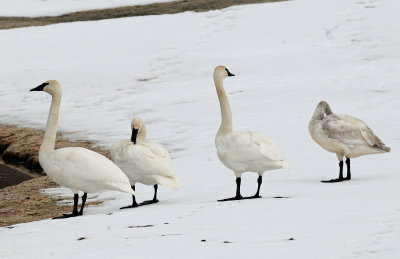 Swan's, Tundrampeter |
| comment | share |
| Guest | 23-Nov-2012 23:04 | |
| Guest | 21-Feb-2012 14:15 | |